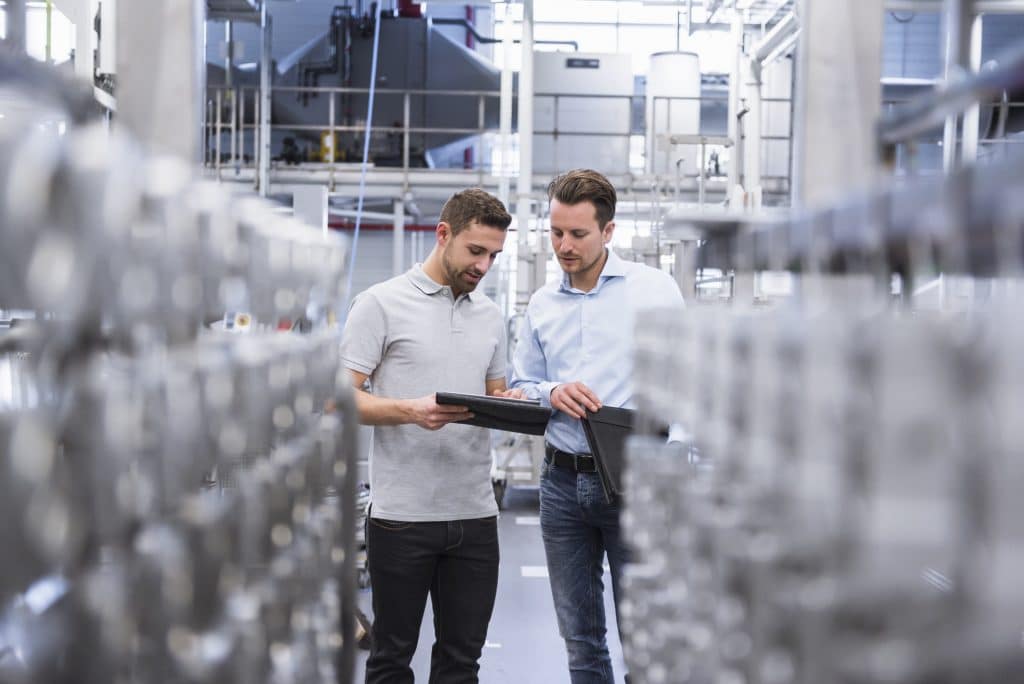The role of the information systems department is now to support users’ digital transformation by providing the technology building blocks that are easiest to use and best suited to their needs.

Those who still think that IS departments tend to impose systems and tools with little attention to the end user need to change their software. In the age of the digital revolution, new technological innovations start and end with the human being.
In fact, the beliefs, attitudes and needs of individuals are now largely responsible for instigating the new innovations in the first place. “Within VINCI Energies, business units such as Duality in Germany and Bostec in the Netherlands strive to explore what is feasible in light of the expectations or behaviour of individuals,” says Axians Chief Technology Officer Erik Lenten. These business units have designed and developed co-creation methods focused on “gamification” or “design thinking” via such activities as “IoT Discovery Workshops”. They also help their customers define priorities and related budget requirements.
These working methods are highly efficient, as the example of the large international port of Rotterdam illustrates. Axians, IBM and Cisco created a digital twin of the Europe’s largest port complex to track ship movement, infrastructure condition, weather and tides. The ultimate goal is to make ship movements and related operations autonomous.
The “as a service” approach
“In a world as open as ours is, every innovation benefits the community as a whole. Developers and designers take it on board and innovate in turn. Creation no longer takes place in isolation,” says Erik Lenten, who considers that information systems departments are there to supply the technology building blocks that are easiest to use and best suited to user needs and to help both individuals and companies navigate the digital transformation.
“Look at how iPad and SaaS (Software as a Service) applications have changed,” he says. “People got used to using them at home and wanted to be able to use them at work too. And now they can!”
Digital technology is there to help people take better decisions and retain what is important.
In fact, all IS “consumption” is now delivered as a service made available to those undergoing digital transformation. Like the individual, who has smart objects (lighting, heating, etc.) in the home and connects them with each other as needed, each person creates a specific, personal pattern of use of the technologies available.
In other words, the Axians CTO gives a resolutely optimistic answer when asked “whether we will be working for robots or robots will be working for us”: “Digitisation is there to help people take better decisions and retain what is important, although some tend to retain the worst aspects.”
“Programmable serendipity”
Among other examples, Axians is working to implement a large number of smart city and smart building projects. The goal is a sort of “programmable serendipity”, says Erik Lenten. These projects are rooted in a user behaviour learning system designed to automate certain basic and elementary tasks such as opening the door and switching on the light.
In a nutshell, like it or not the IS department has long since come down from its ivory tower. The end user has taken control, even though this is still just the beginning of the learning curve.
17/05/2018


